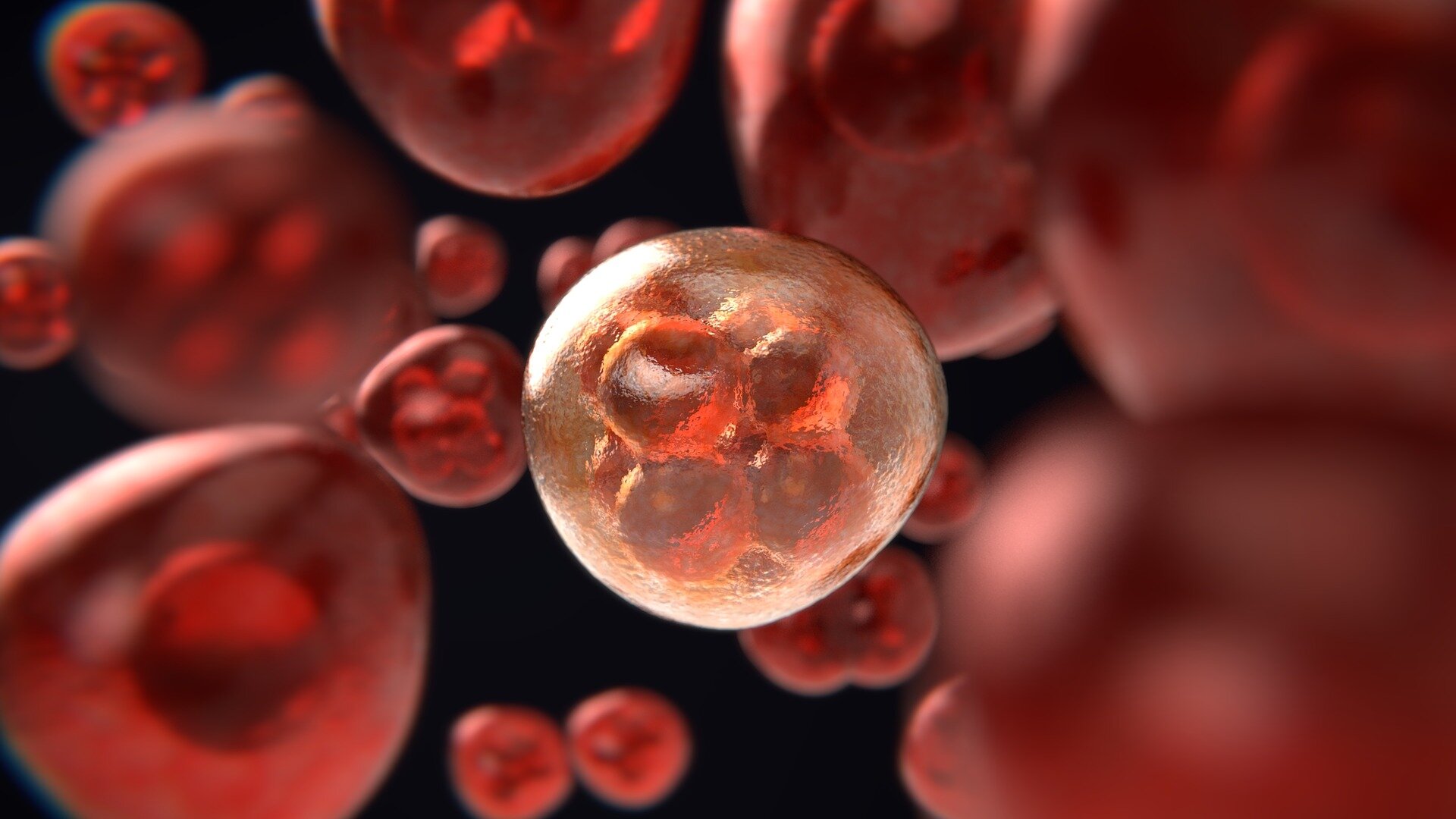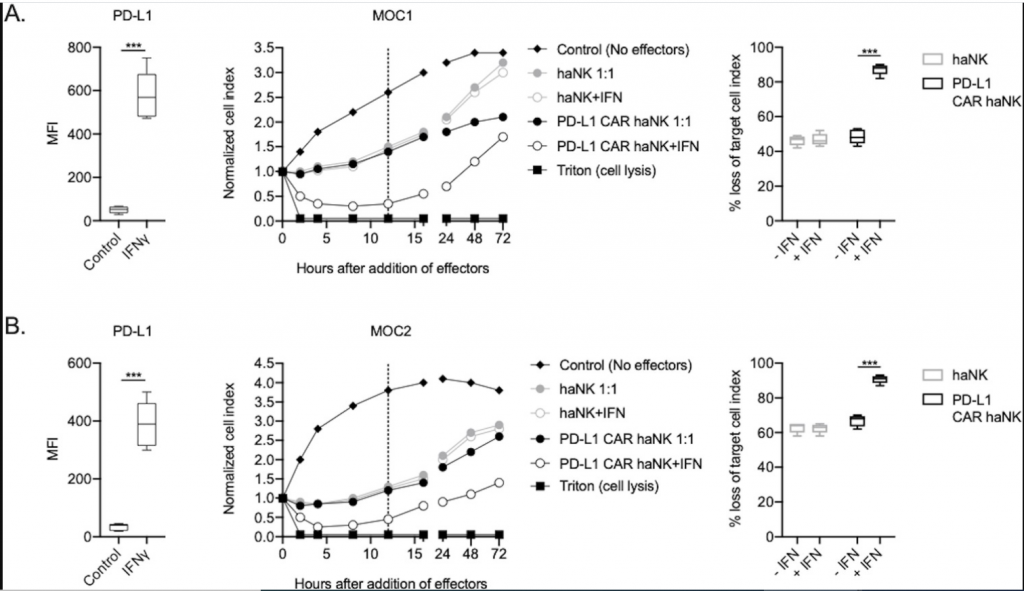
One of the big reasons that cancer is difficult to treat is that patients respond to treatments differently, and these differences can rarely be anticipated. In most cases, determining whether and how a patient will respond to any given therapy requires administering it to the patient and then waiting and watching. That is a lot of pressure for researchers and physicians and a lot of risk for cancer patients, and added expense.
If a patient’s response were predictable, optimal thera...
Read More









Recent Comments